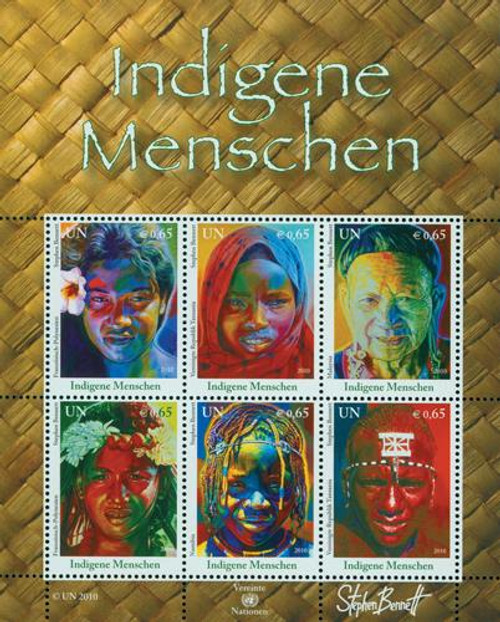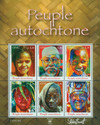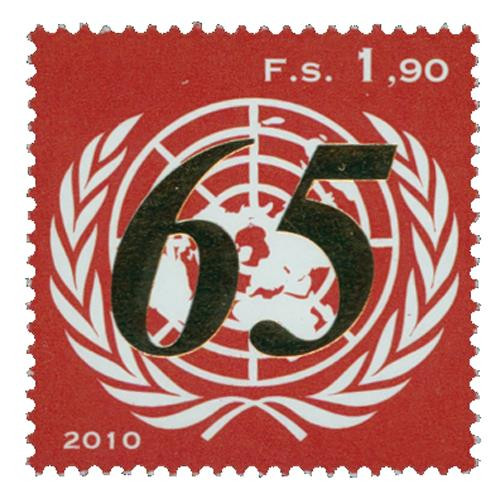
# UNG529 - 2010 United Nations Indigenous Peoples
Indigenous People
The U.N. estimates there are about 370 million indigenous people in about 90 nations. Indigenous people have distinct cultures. While they have diverse backgrounds, they share similar challenges in trying to preserve their ways of life and control their traditional lands. The U.N. released a set of 18 stamps in 2009 to bring attention to the concerns of indigenous people.
Artist Stephen Bennett tried to show that “every single person is of indispensable importance and radiant with astonishing beauty.” Among the paintings on this sheet is one titled “100 Mile Smile,” and shows a native of Tanzania. Tanzania was created in 1964 by merging the islands of Zanzibar with the mainland African territory of Tanganyika. Tanzania is a young nation, but it has an old culture. Records suggest there were hunter-gatherer tribes as long ago as 10,000 years ago. There are more than 126 ethnic groups – each with a different language.
Indigenous People
The U.N. estimates there are about 370 million indigenous people in about 90 nations. Indigenous people have distinct cultures. While they have diverse backgrounds, they share similar challenges in trying to preserve their ways of life and control their traditional lands. The U.N. released a set of 18 stamps in 2009 to bring attention to the concerns of indigenous people.
Artist Stephen Bennett tried to show that “every single person is of indispensable importance and radiant with astonishing beauty.” Among the paintings on this sheet is one titled “100 Mile Smile,” and shows a native of Tanzania. Tanzania was created in 1964 by merging the islands of Zanzibar with the mainland African territory of Tanganyika. Tanzania is a young nation, but it has an old culture. Records suggest there were hunter-gatherer tribes as long ago as 10,000 years ago. There are more than 126 ethnic groups – each with a different language.











